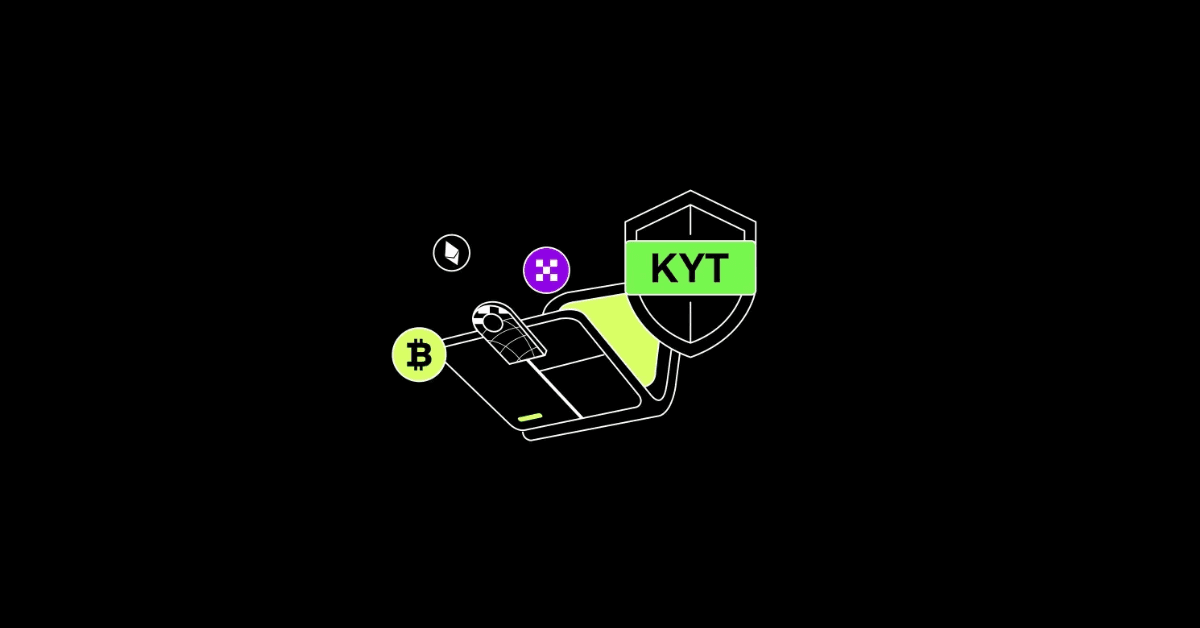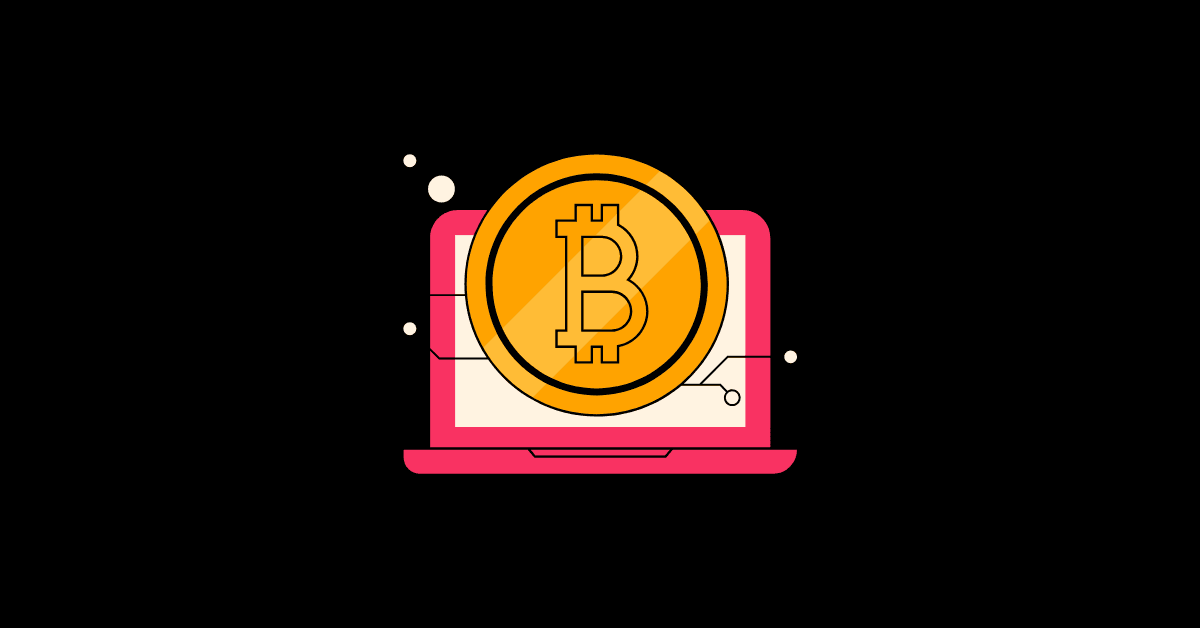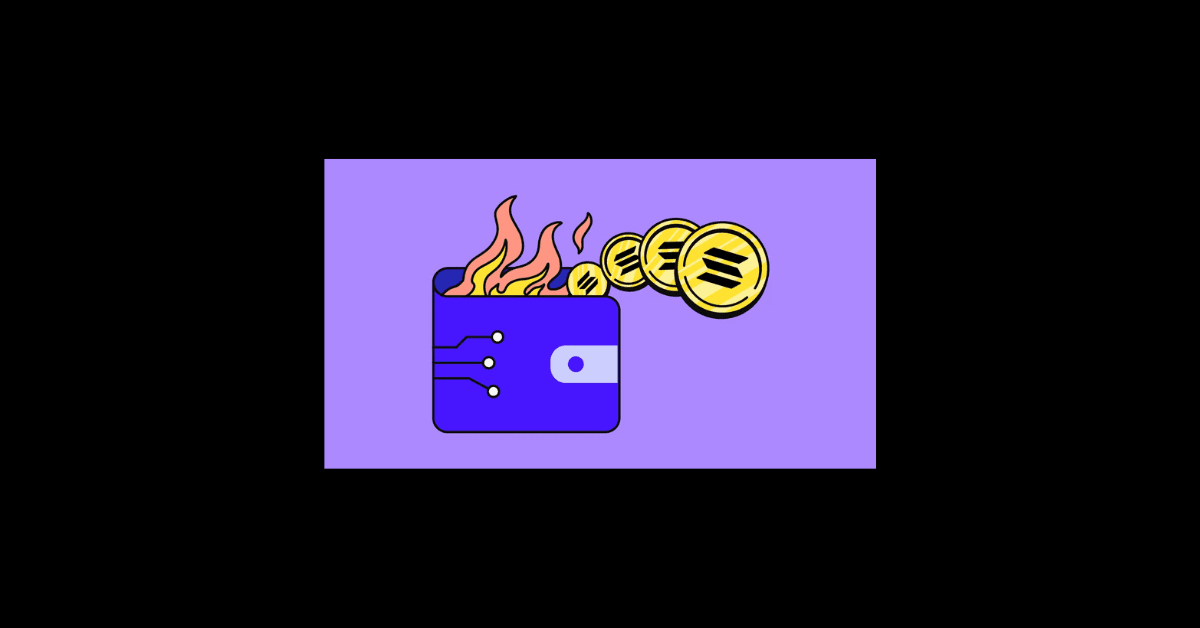Loss and Recovery Requirements
The following table illustrates the percentage growth required to recover from various levels of losses.
As losses increase, the percentage needed for recovery grows exponentially, emphasizing the importance of minimizing losses.
| Loss Percentage | Growth Required for Recovery |
|---|---|
| -5% | +5.3% |
| -10% | +11.1% |
| -20% | +25% |
| -30% | +42.8% |
| -40% | +66.7% |
| -50% | +100% |
| -60% | +150% |
| -70% | +233% |
| -80% | +400% |
| -90% | +1000% |
| -99% | +9900% |
This table demonstrates the compounding effect of losses. For example, a 50% loss requires a 100% gain to break even, while a 99% loss demands a staggering 9900% recovery.
It highlights the critical need for risk management in investments.
The Larger the Loss, the Harder the Recovery
Many traders, after a significant loss, may resort to riskier strategies like leveraging in futures trading, hoping to recover faster. However, this often leads to even greater losses.
Emotional Decisions After Losses Lead to Bigger Risks
After significant losses, many traders experience emotional distress, leading them to make impulsive decisions. For example, they might increase leverage or switch to riskier assets, hoping for quick recovery. This behavior often results in compounding losses.
Compounding Losses Can Destroy Long-Term Growth
A 99% loss requires a 9900% gain to recover, which is nearly impossible. This highlights why traders and investors should prioritize preserving capital over chasing high returns.
The data from this table serves as a strong reminder of the importance of risk management, emotional discipline, and strategic decision-making in trading and investing. Avoiding large losses is far more critical than chasing aggressive gains, as the road to recovery becomes exponentially harder with each percentage lost.







